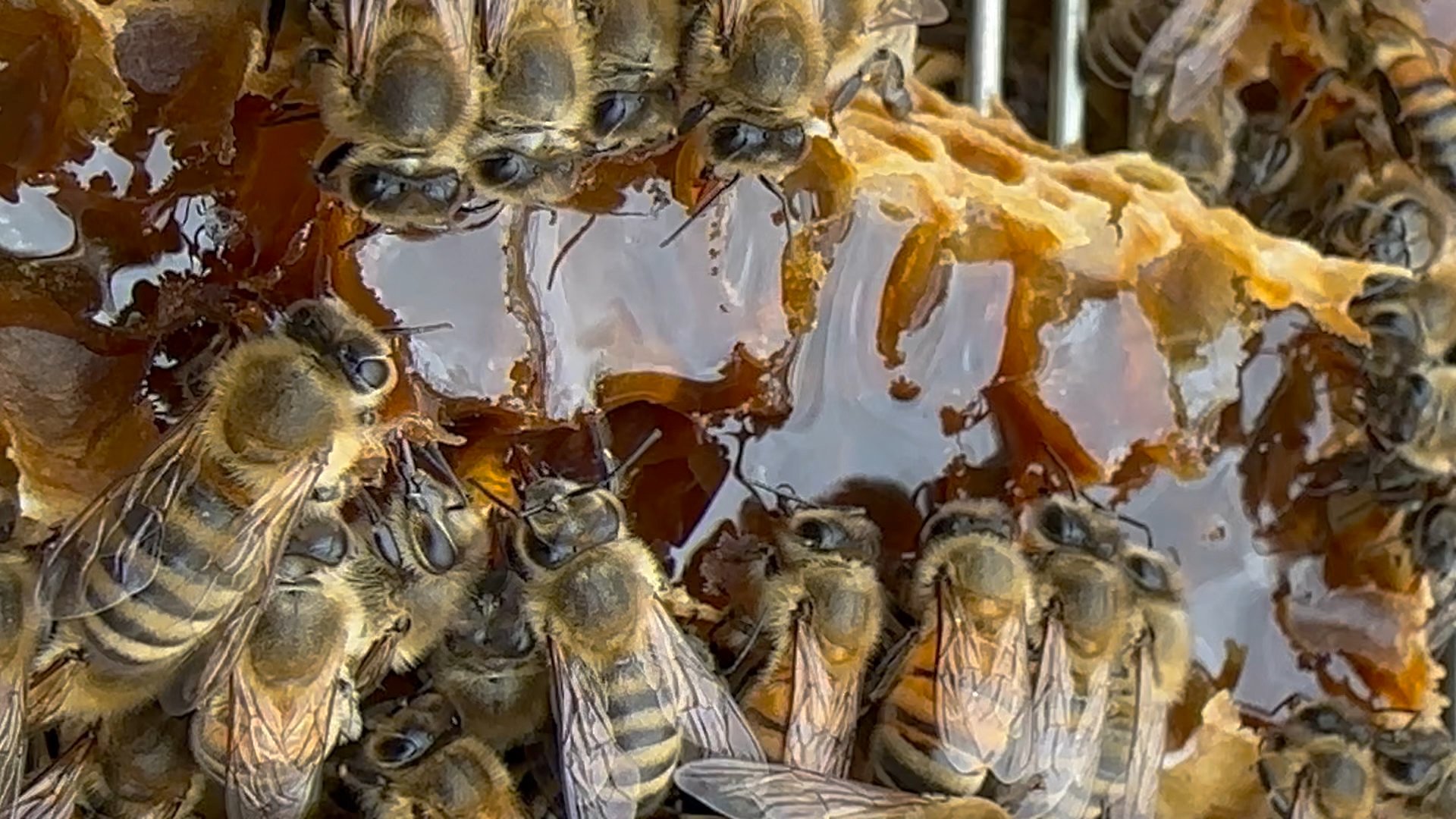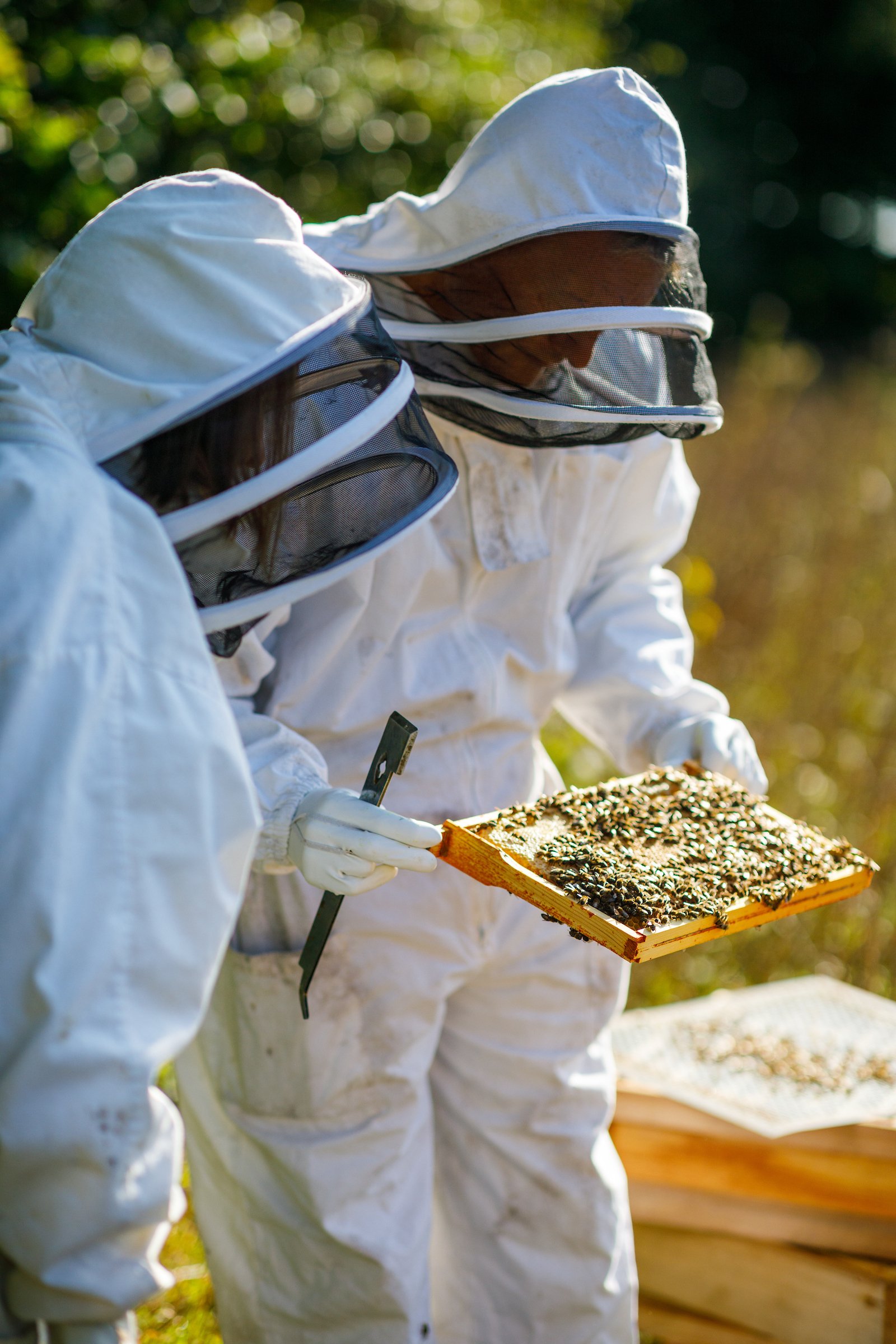
For people and the planet.
We exist to ensure every business has the opportunity to enjoy the benefits of keeping their very own bees.
Our mission is simple: to protect and restore honey bee populations while building a connected network of thriving apiaries across the country.
When you purchase a beehive from us, you're joining a growing community of people who are all working together to bring biodiversity back to life.
We're not just another corporate carbon offset program ticking boxes. We’re about real, lasting change —creating a difference you can actually see, hear, and feel in the world around you. This is about more than just a business—it’s about making a tangible impact on the environment, one beehive at a time.
It’s all about people and the planet, and how the two are beautifully connected through the humble honey bee.
These incredible creatures are vital to the health of our environment, helping plants thrive and our ecosystems flourish. But their role doesn’t stop there — they also play a big part in our well-being.
From the healing powers of raw honey to the calming, mindful practice of beekeeping, bees offer us more than we ever imagined. By protecting them, we’re not just saving a species; we’re nurturing a future where people and the planet can thrive together.
Join us in making a positive impact—because when we care for bees, we care for ourselves, and we care for the world around us.
Here’s how you can have your very own hives and bees…
Whether you're looking to get hands-on with nature or simply want to help support local pollinators, we’ve got everything you need to make this a reality for you…
Step 1
We’ll guide you through your beekeeping options and create a bespoke package that fits your needs. We’ll explore everything from how many hives you want / need to meet your expectations and requirements.
Step 2
Once an agreed plan is in place, we’ll build everything and tend to your infant bee colony. Once strong enough we’ll schedule the arrival and set-up of your bees and hives on the apiary, and the journey begins!
Step 3
Our enthusiastic and experienced bee-keepers will tend to your bees everyday needs, giving your bees every opportunity to flourish and thrive. We just need to get you booked in for an employee day.
Want to learn more?
Why not book a chat with Martin, our founder and head beekeeper. He’d love to share his passion for bees and explore how we can work together to make a real difference for both people and the planet. Just reach out, and let’s see what we can do together!
Employee days…
Our goal is simple: we want to get you out of your usual routine and into the moment, leaving behind the stress and distractions of the office.
Keep up to date with the day to day goings on at our apiaries over on our Instagram page
Follow us @knightsbeekeeping

Fancy a chat?
Head over to the contact page and we can begin the conversation about your bees and how we can make this happen for you.













